As of now it was the Bhilwara model that has been in the news and was considered ideal for all the states to follow, but with its containment success, the Agra model is now being considered as an alternative way of achieving the same results.
Coronavirus lockdown: Centre directs all states to follow ‘Agra model’ – lucknow – Hindustan Times – https://t.co/wJL2ei9VHj@OfficeOfDMAgra @PrabhuNs_ @igrangeagra @Uppolice @myogiadityanath @myogioffice @umashankarsingh @sakshijoshii
— Mohd Rijvan🇮🇳 (@MohdRijvan123) April 14, 2020
Good work Agra,Good Work Up 🤝🤝💪👍✌️🙏🙏 https://t.co/cz629rx9GC
Agra saw early Covid-19 cases after two people who had travelled to Austria along with a resident of Delhi’s Mayur Vihar travelled back home to Agra in early March. These two marked as the first cases in both Delhi and Agra.
The Bhilwara model also worked on similar lines but included sealing of the whole city at a much more stringent scale than Agra since it was undertaken during the three-week lockdown.
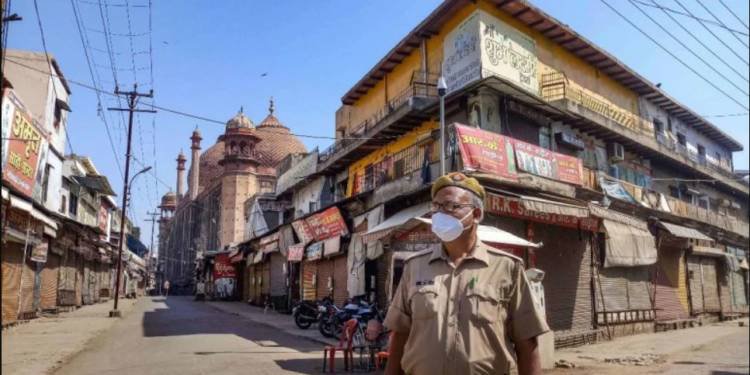
So what is the ‘Agra model’?
The Agra model had kicked in way before the countrywide lockdown or a janata curfew. The model was implemented in the state when six patients tested positive. It was a time when the outbreak cycle hadn’t really started in the country and there were just 30 positive cases across the country.
A proactive approach in identifying cases, intensive testing, door-to-door surveys and strict quarantine measures helped Agra successfully restrict the spread of Covid-19.
As soon as the officials got to know of the virus, they had immediately started door to door surveys to identify the infected and put them under quarantine and that’s the result that Covid-19 positive cases are only those who are under quarantine.
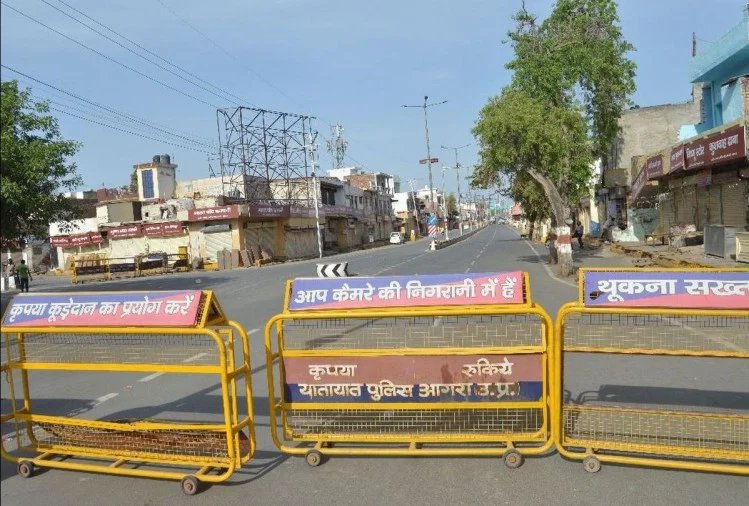
The city administration started off with drawing up a list of people who came back from foreign travel and identifying their family and other close contacts.
The neighbourhood where patients lived were declared as hotspots and a three-km radius around them was declared a containment zone and a five-km radius area as the buffer zone.thoroughly mapped.
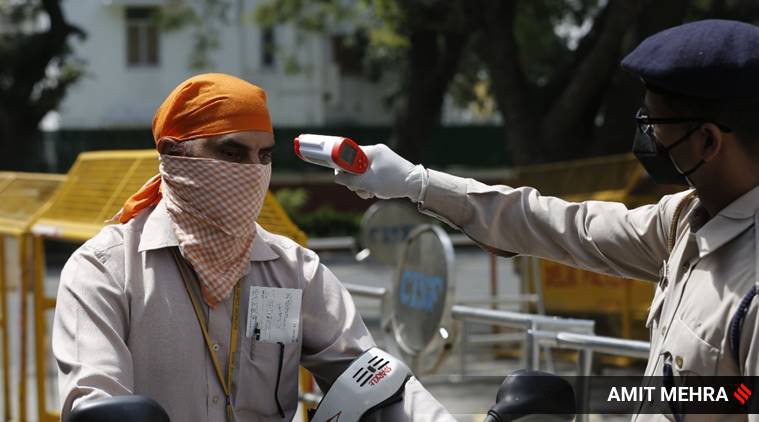
In these containment zones, urban primary health centres were roped in and 1,248 teams were deployed; each team had two workers, including ANMs/ASHA/AWW, reaching out to 9.3 lakh people through household screening. Additionally, effective and early tracking of first contact-tracing was also
The Union health ministry was directly involved in drafting and monitoring the measures taken to contain the rising clusters in Agra.
The central integrated disease surveillance programme team came to know of the first positive case in the middle of the night, and, soon after, they started drafting a containment strategy.
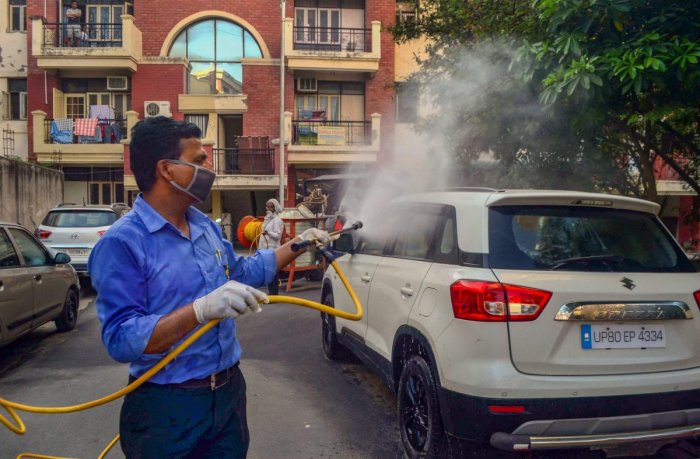
A war room was established in the Agra Smart City office in mid-March, where 7,000 complaints have been heard till date. The identification and sealing of hotspots under a micro plan was removed after all patients from the area tested negative signifying that all patients of that area were cured.
Initially, 38 hotspots were identified by Agra administration, of which 10 have been sanitised. Currently, there are 28 hot spots in the city.
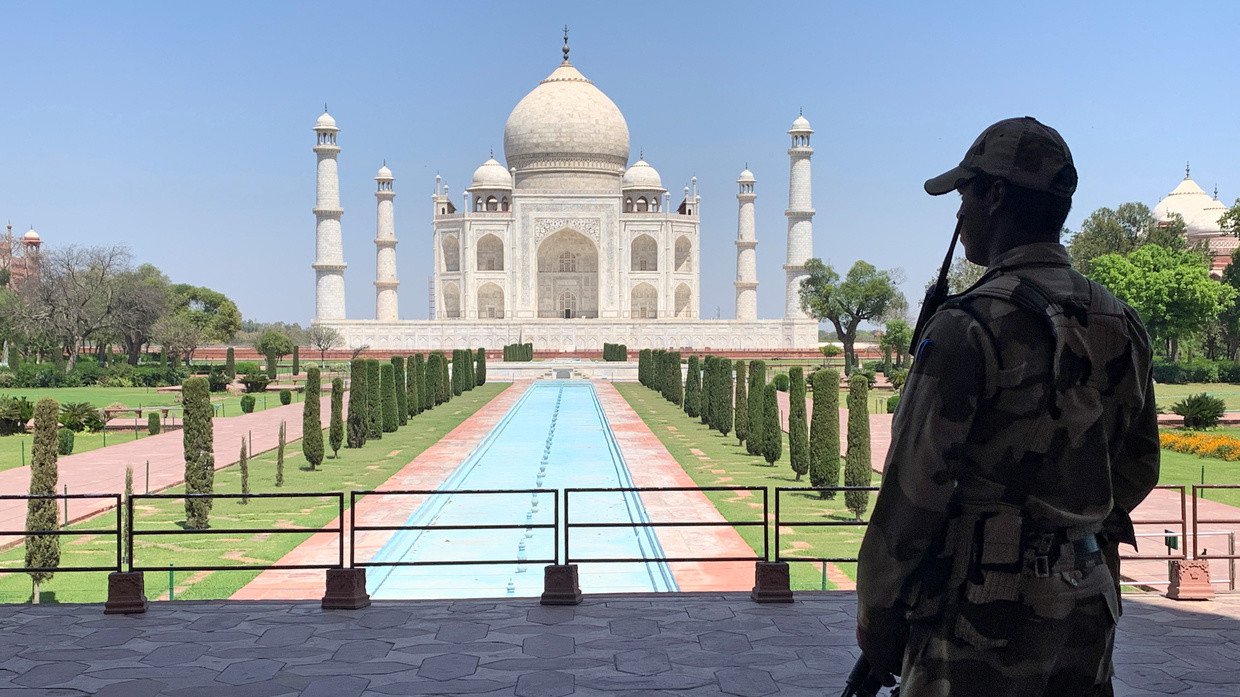
To tackle the door to door surveys, the officials included around 3,000 village volunteers to help figure out the number of households suspected with the virus.
This led the government to know that the suspected cases reached 1.6 lakh houses. With this strategy, the officials managed to reach one million city residents with 1,248 two-member teams.
In order to follow up with the infected people, the officials developed a quarantine approach, wherein, the people who were asymptomatic were placed in home quarantine while those who were symptomatic were placed in isolation ward, since they didn’t let go off people easily, they were able to test everyone while in quarantine.
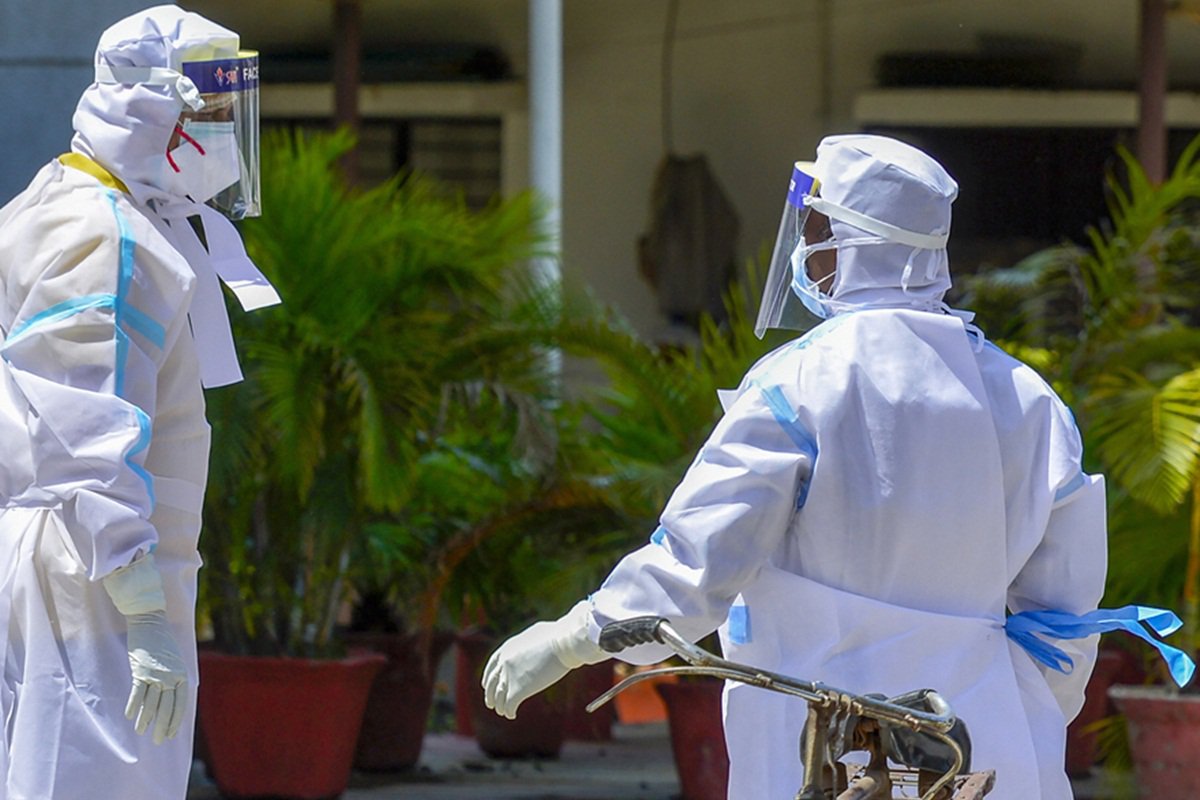
By the end of March, Agra had only 12 cases, of which 8 had recovered. But the arrival of 28 people in Agra from Delhi led to an increase in the numbers in April, with half of the new cases linked to the Nizamuddin congregation.
The city now has 104 cases and authorities are struggling to contain the spread at one of the city’s main private hospitals.

















